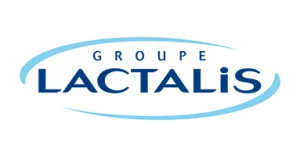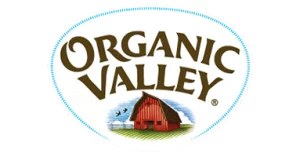Revolutionizing innovation with cutting-edge AI and LLM-powered solutions—fueling your IP strategy and driving unmatched growth. Contact us to transform your vision today!
Revolutionizing innovation with cutting-edge AI and LLM-powered solutions—fueling your IP strategy and driving unmatched growth. Contact us to transform your vision today!

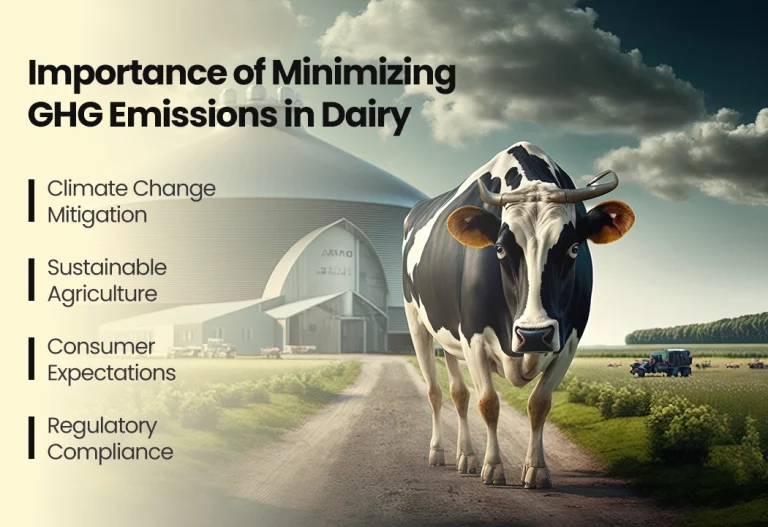
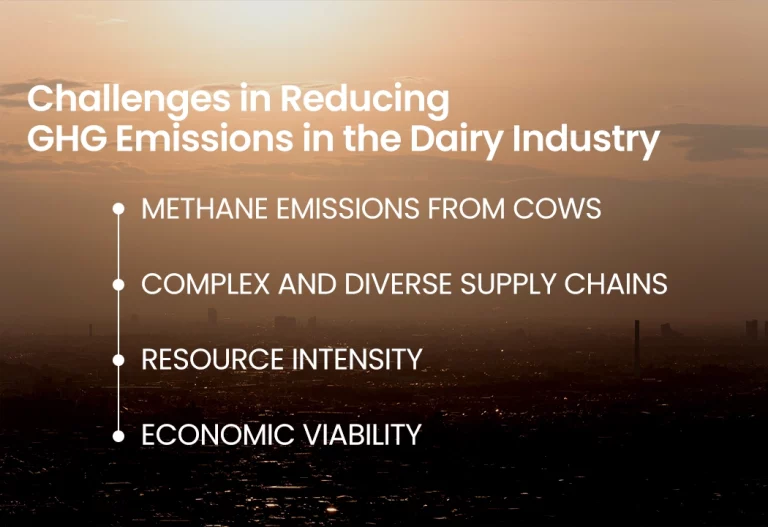
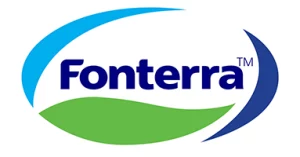
 Danone, a global
Danone, a global 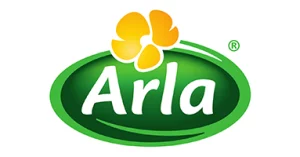 Renewable Energy Adoption:
Renewable Energy Adoption: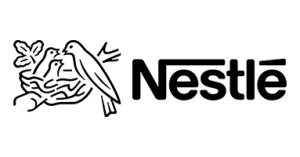 Climate-Smart Farming:
Climate-Smart Farming: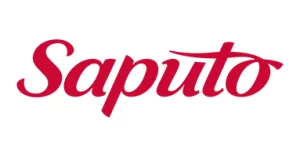 20% Reduction Target: They have set an ambitious target to reduce emissions by 20% per unit of production by 2025. This involves multiple strategies, including investing in energy-efficient equipment and optimizing transportation routes.
20% Reduction Target: They have set an ambitious target to reduce emissions by 20% per unit of production by 2025. This involves multiple strategies, including investing in energy-efficient equipment and optimizing transportation routes.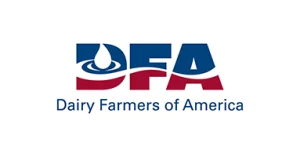 20% Reduction Target: They have set an ambitious target to reduce emissions by 20% per unit of production by 2025. This involves multiple strategies, including investing in energy-efficient equipment and optimizing transportation routes.
20% Reduction Target: They have set an ambitious target to reduce emissions by 20% per unit of production by 2025. This involves multiple strategies, including investing in energy-efficient equipment and optimizing transportation routes. 